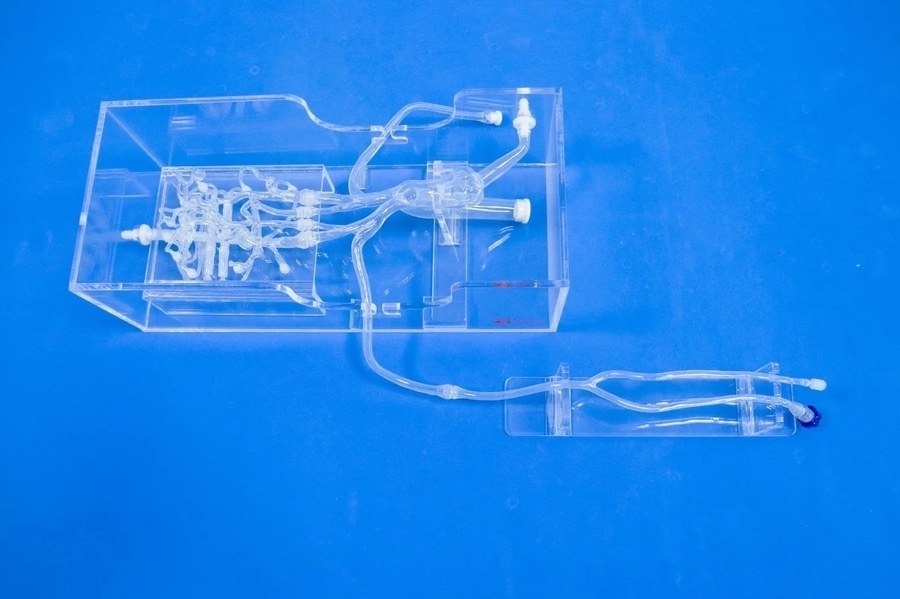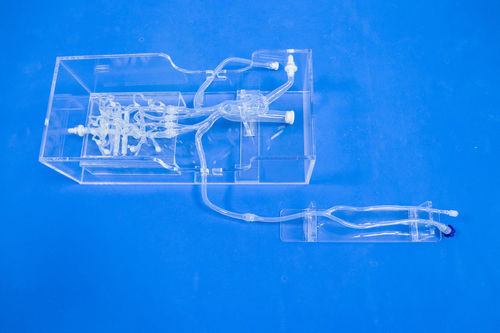
#Industry News
Navigating the Intricacies of Circle of Willis Aneurysms: Diagnosis, Treatment, and Ongoing Research
Circle of Willis Aneurysms
Circle of Willis aneurysms represent a significant aspect of neurological pathology. The Circle of Willis is a circular arterial structure located at the base of the brain, comprising interconnected blood vessels that supply blood to the brain. Here is a piece of industry knowledge about Circle of Willis aneurysms:
Circle of Willis aneurysms, also known as intracranial aneurysms, occur when a weak spot develops in the wall of one of the arteries within the Circle of Willis. This weak spot forms a sac-like bulge that has the potential to rupture and cause a life-threatening condition known as a subarachnoid hemorrhage. Circle of Willis aneurysms can vary in size, shape, and location within the arterial structure.
One important aspect of Circle of Willis aneurysms is their detection and diagnosis. Medical imaging techniques such as magnetic resonance imaging (MRI), computed tomography (CT) angiography, or digital subtraction angiography (DSA) are employed to visualize the blood vessels and identify the presence of an aneurysm. Early detection and diagnosis play a crucial role in managing and treating Circle of Willis aneurysms effectively.
Treatment options for Circle of Willis aneurysms depend on several factors such as the size, location, and risk of rupture. The two primary treatment approaches are surgical intervention and endovascular therapy. Surgical intervention involves open microsurgical techniques to clip the neck of the aneurysm, effectively preventing further blood flow into the sac. On the other hand, endovascular therapy is a minimally invasive procedure in which a catheter is inserted into the blood vessels, and small metallic coils or flow-diverting devices are placed within the aneurysm to promote blood clotting and prevent rupture.
Additionally, ongoing research in the field of Circle of Willis aneurysms focuses on understanding the underlying causes and risk factors associated with their formation and rupture. Risk factors such as smoking, hypertension, family history, and certain congenital conditions have been identified as contributing factors. Furthermore, the development of advanced imaging techniques and computational modeling has allowed for more accurate predictions of aneurysm growth and rupture potential, assisting healthcare professionals in making informed clinical decisions.
In conclusion, Circle of Willis aneurysms pose significant health risks and require prompt detection and appropriate management. Meticulous diagnosis through medical imaging techniques followed by suitable treatment approaches, including surgical intervention or endovascular therapy, can greatly improve patient outcomes. Ongoing research continues to deepen our understanding of the causes and risk factors associated with these aneurysms, enabling better risk assessment and preventive strategies.





